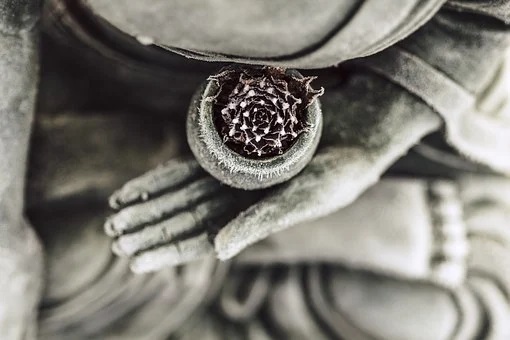In the teaching today, we will examine in more details the differences between Buddhism and non-Buddhism, the mundane and the supramundane phenomena and, lastly, Mahayana and Theravada Buddhism. The questions regarding these three differences seem quite easy to some, but the answers may not be so obvious to everyone. For someone who wants to practice the genuine Dharma, it is imperative that one understands the answers to these questions beforehand, as different answers will engender greatly different results in whatever actions one undertakes, be it doing good deeds or sitting down to meditate.
~Depicted from THE RIGHT VIEW - The Three Differences











